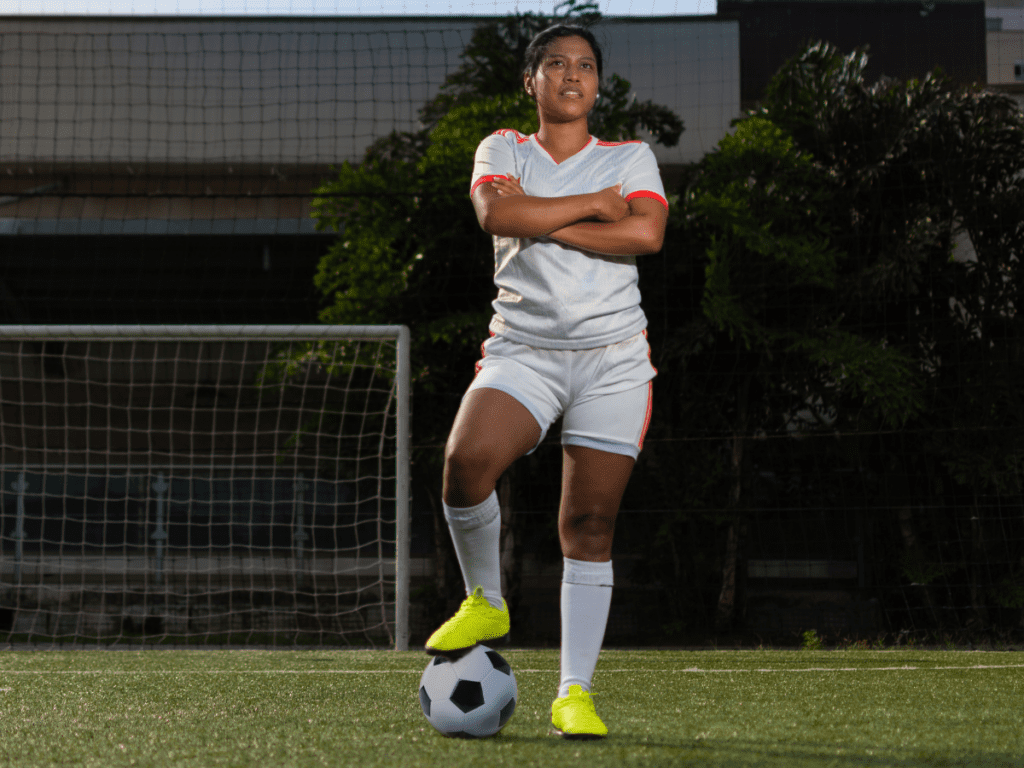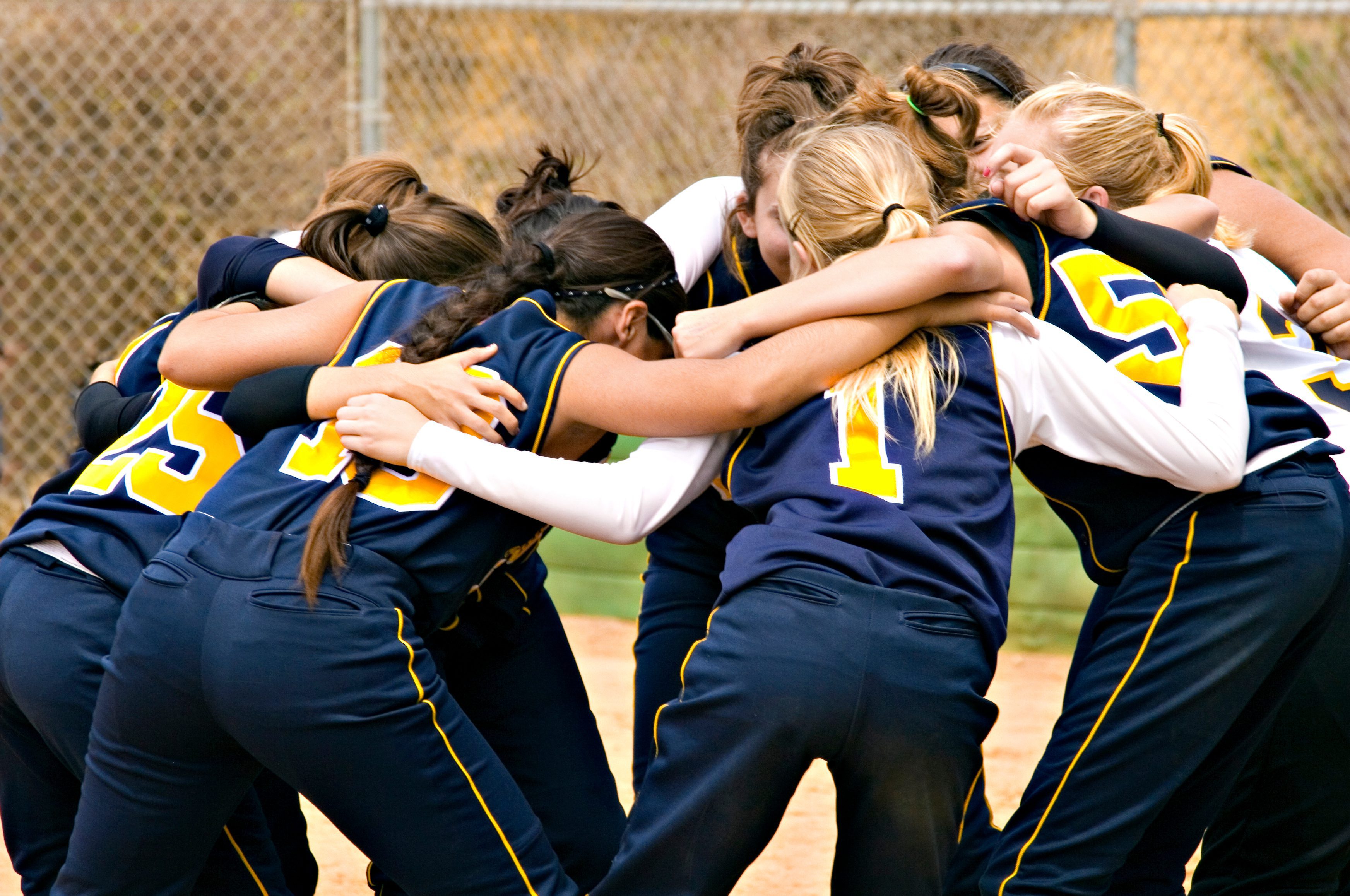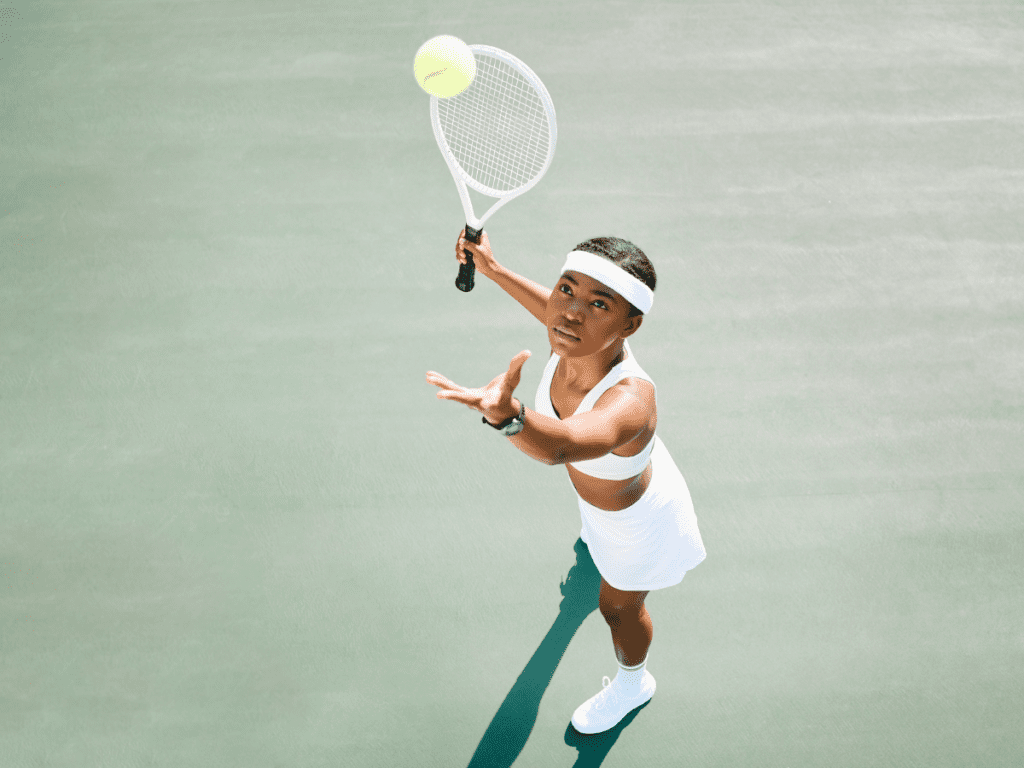Barriers to participation in physical activity for Shibogama First Nations

Project summary This research examined the barriers to participation in sport and physical activity for Shibogama First Nations communities in northwestern Ontario. Aboriginal peoples face significant barriers to participation in physical activity in comparison to Euro-Canadians or other minority populations. This collaborative research project qualitatively investigated how sport and physical activity are connected to both…
Understanding deselection in competitive female youth sport

View the summary of this research here. Project summary Deselection (or being “cut”) is the elimination of an athlete from a competitive sport team based on the decisions of a coach. Given the competitive sport structure in Canada, it is inevitable that many athletes will be deselected every year. However, little is known about how…
Goal conflict as a barrier to regular physical activity

Project summary Many people who adopt the goal of improving physical activity do not succeed. The aim of this research was to examine goal conflict as a uniquely contributing factor to the low rate of success. Our experiments showed that goal conflict can create a barrier to regular exercise by (a) lowering performance of exercise…
Examining the use of socialization tactics in team sports

Project summary Sport team membership provides people with opportunities to work together toward a common goal and build supportive social relationships. Quite simply, being a member of a sport team is associated with a host of psychosocial benefits. However, joining a new sport team can be a stressful experience because of the uncertainty surrounding an…
Extracurricular activity involvement in Canada: Relationships with youth development and variations by age, gender and context

Project summary The purpose of this research was to study extra-curricular activity (ECA) involvement in a broad range of Canadian youth, and to examine how this might vary by age, gender and geographical context (e.g. rural vs. urban settings). Of additional interest was how this participation contributes to positive youth development (PYD) and what intervening…
Imagery use in children’s leisure time physical activities

Project summary Given the rate of children’s physical inactivity, it is important to identify strategies that assist individuals in self-regulating their physical activity behaviors. Imagery is one such strategy. Children’s use of imagery has been investigated in sport, but not all children are involved in organized sport. Children may accumulate their daily physical activity and…
Assessing youth sport programs’ facilitation of positive youth development

Background / Context / Objective With growing societal concern for youths’ healthy development, extensive literature suggests organized leisure activities serve as optimal contexts to foster positive youth development (Larson, 2000), and sport has consistently been found to be the most popular organized activity among youth (Hansen & Larson, 2007). While youth’s involvement in sport is…
Understanding barriers to sport in Hamilton, ON

Project summary This study uses a random group of adults in Hamilton, ON to determine what barriers to sport are preventing adults from being active through sport. The research using data from a questionnaire that was part of a larger study called the Hamilton Active Living Study or HALStudy. This questionnaire data was used to…
Building meaningful programs for indigenous youth

Project summary The main purpose of this research program was to help build more meaningful and relevant sport and recreation-based programs for Indigenous youth through the examination of a series of multidisciplinary analyses and case studies (mainly the Promoting Life-skills in Aboriginal Youth [PLAY] program from Right To Play, Project George, and Milo Pimatisiwin from…
Trickle down effect? Exploring the influence of the Olympic Games on preschooler sport participation and development

Background / Context / Objective The benefits of sport participation among youth are well recognized, yet little work has focused on understanding sport participation among very young children, despite growing participation at increasingly early ages. The first objective of this project was to explore sport participation and development among preschoolers. Findings suggest that while parents…